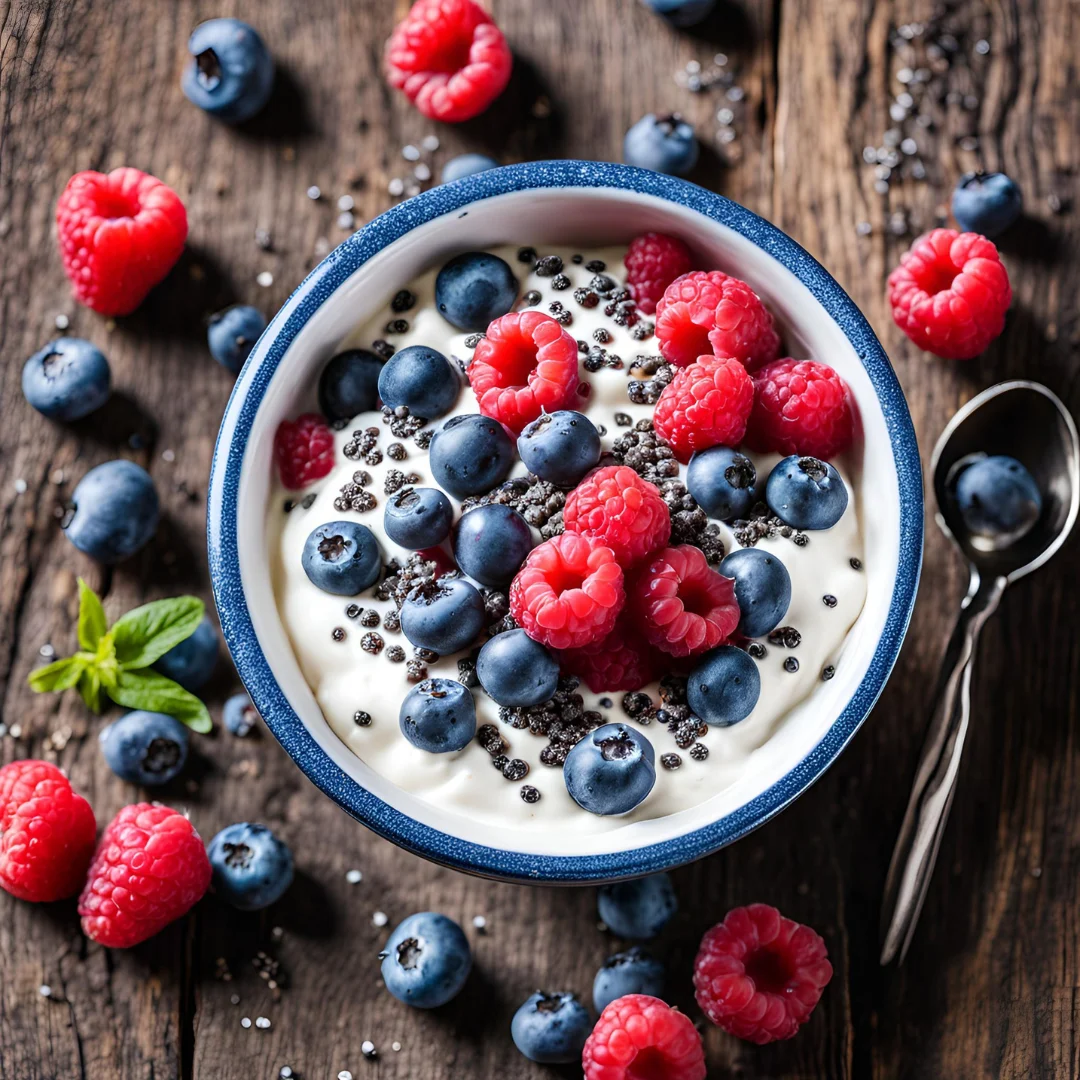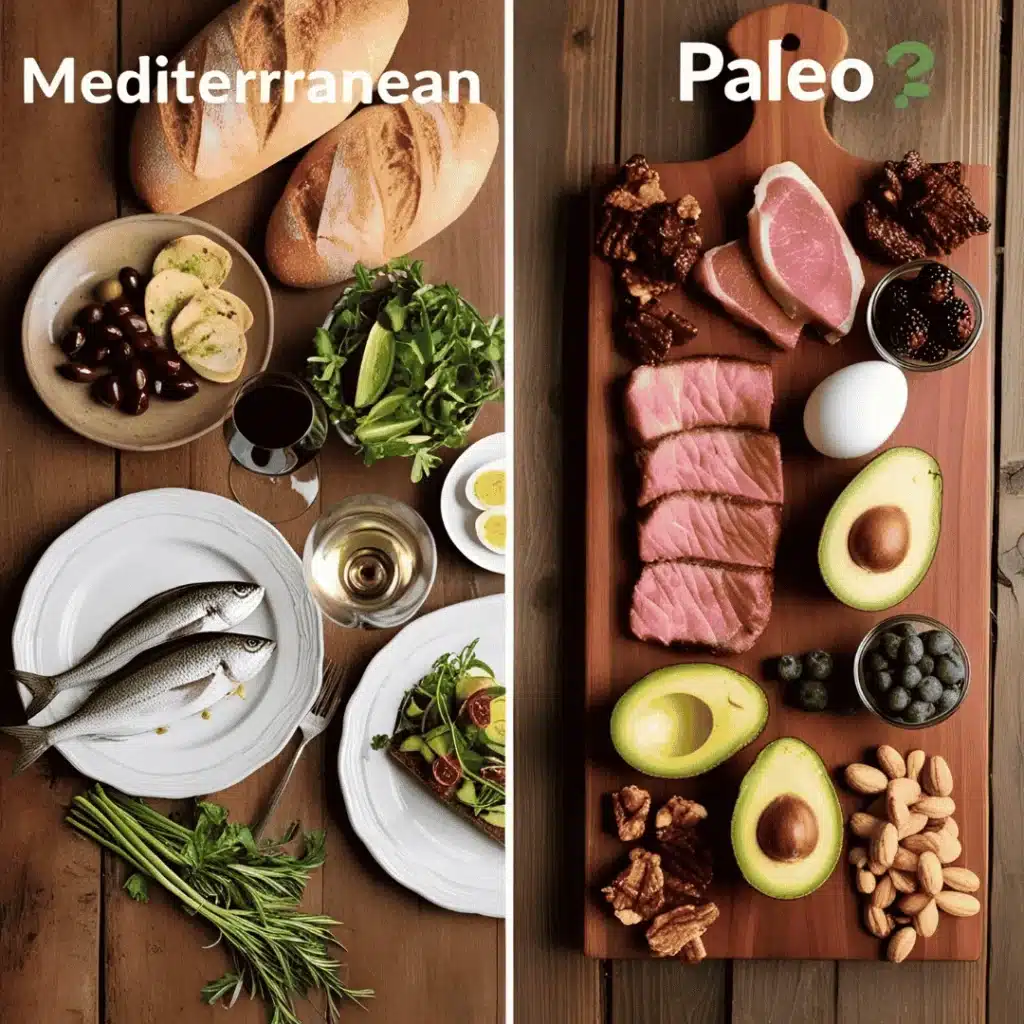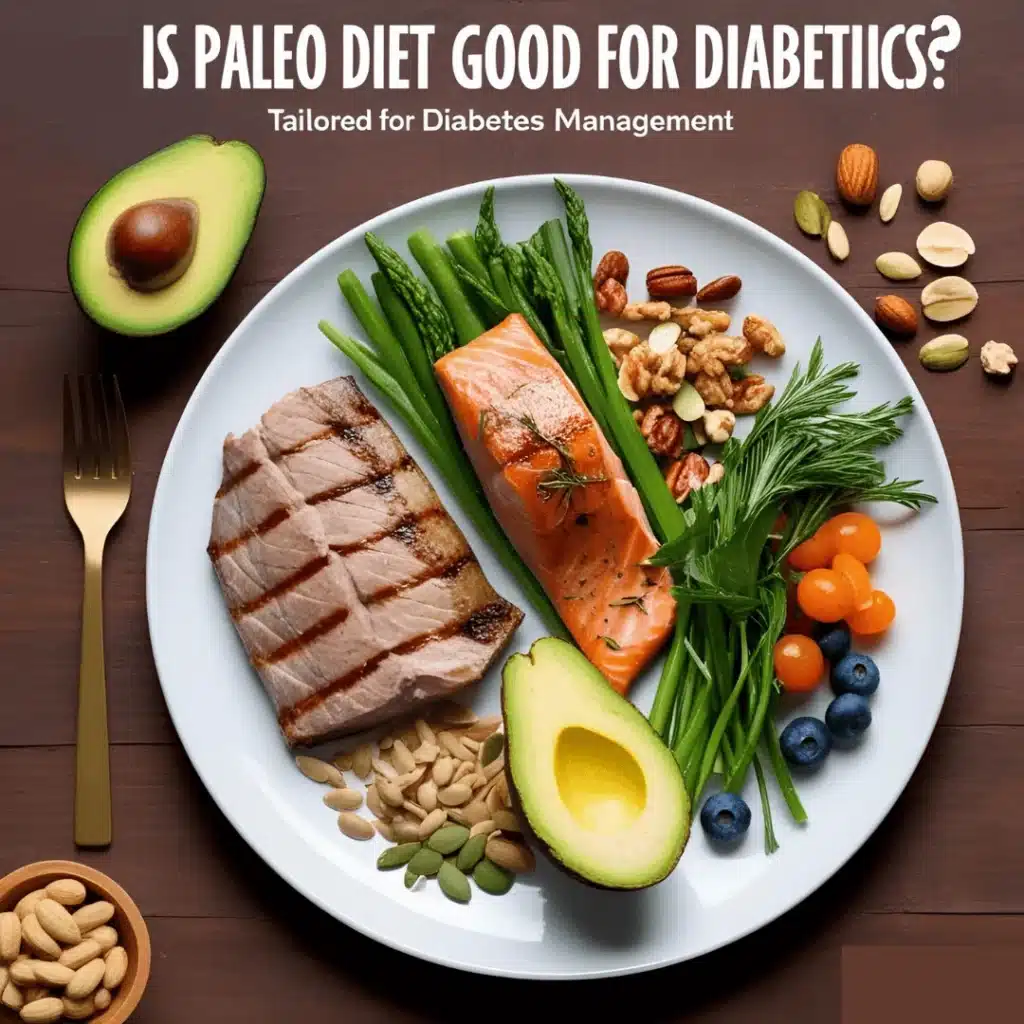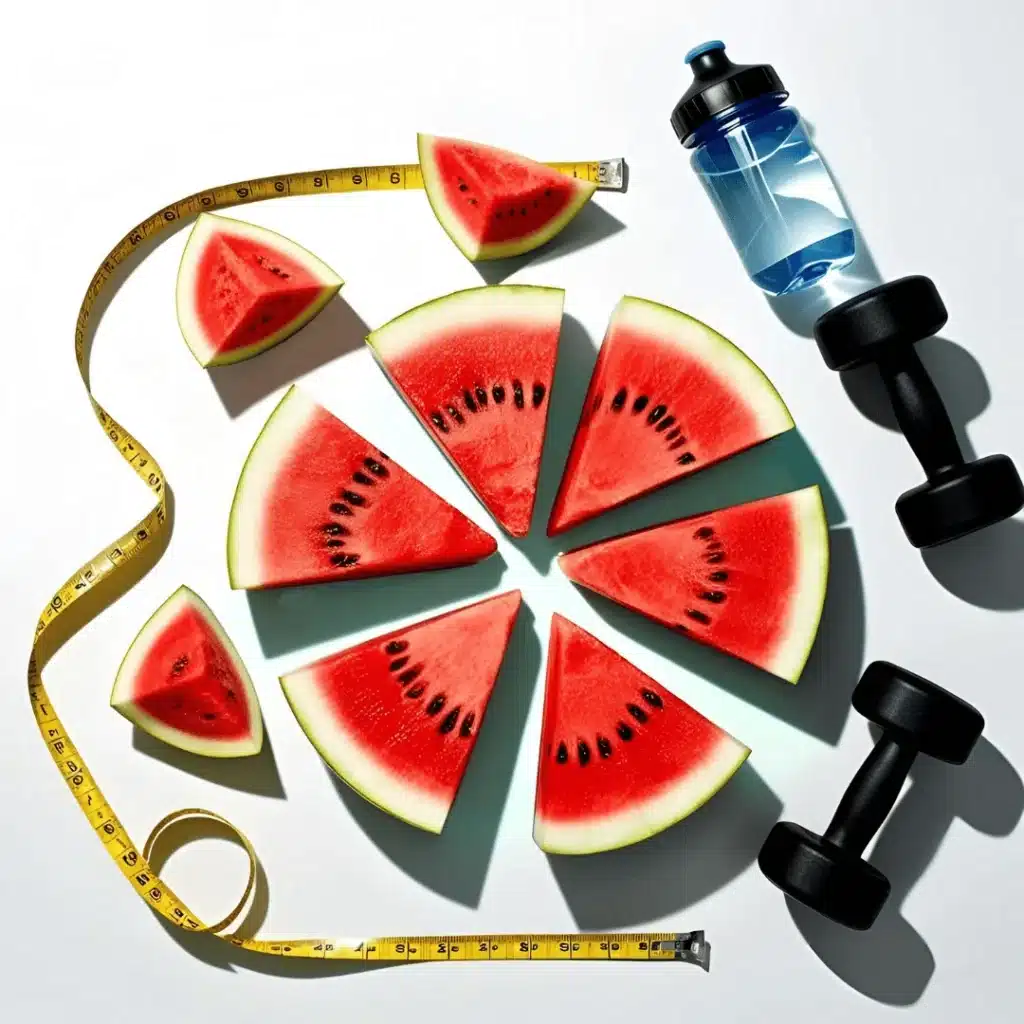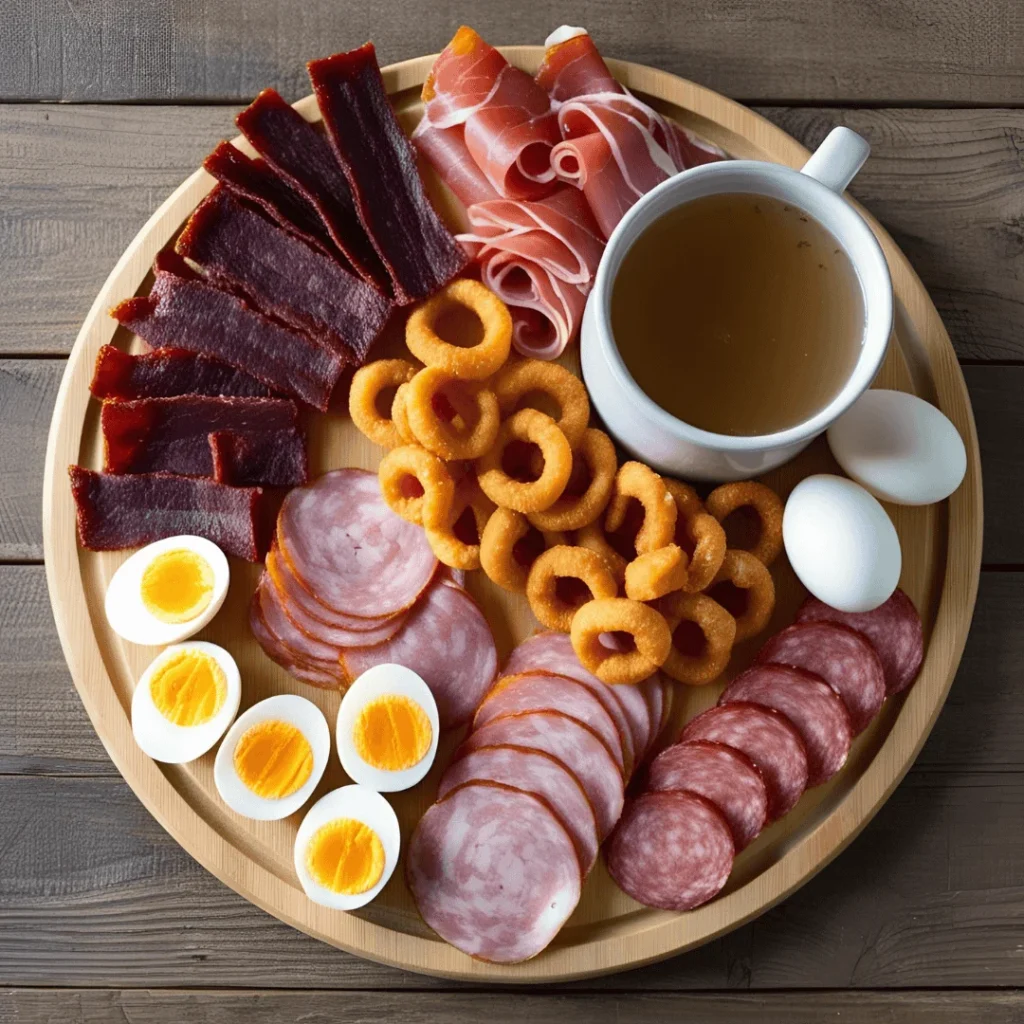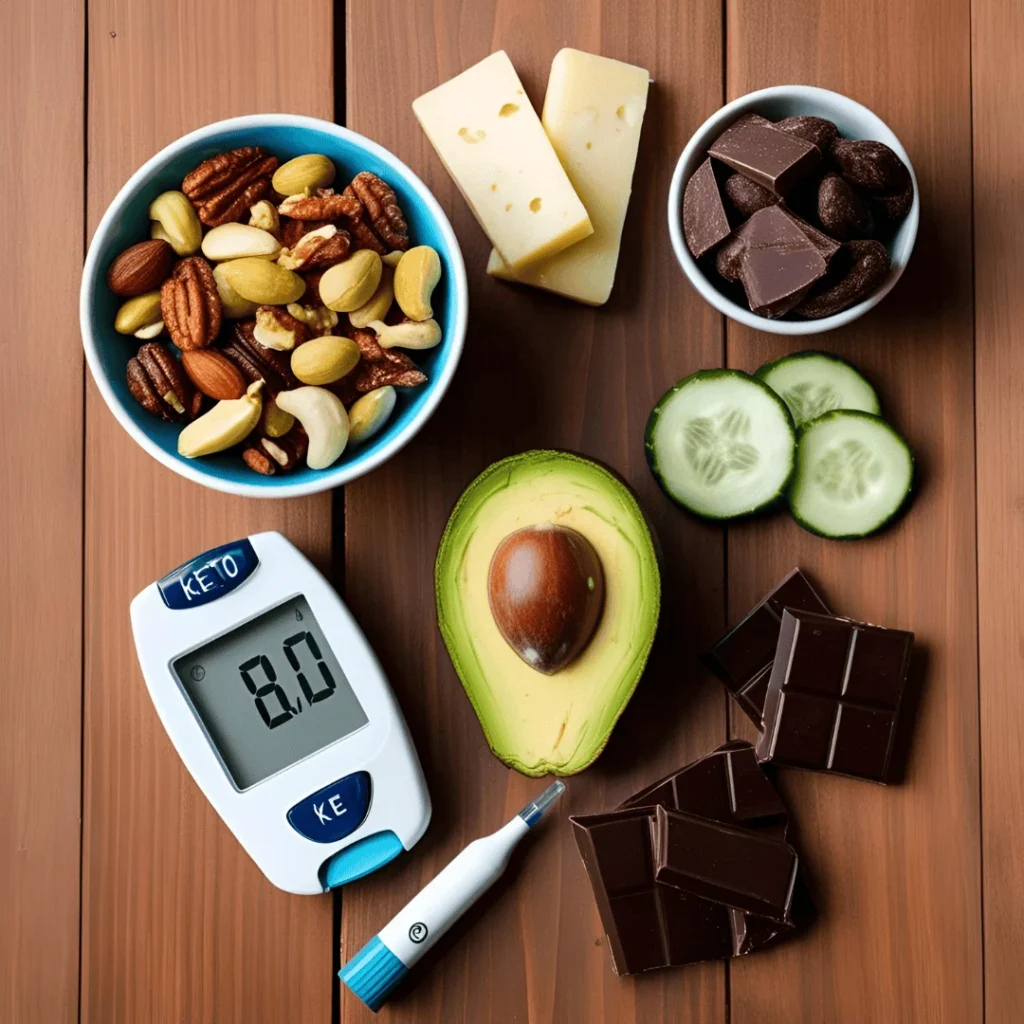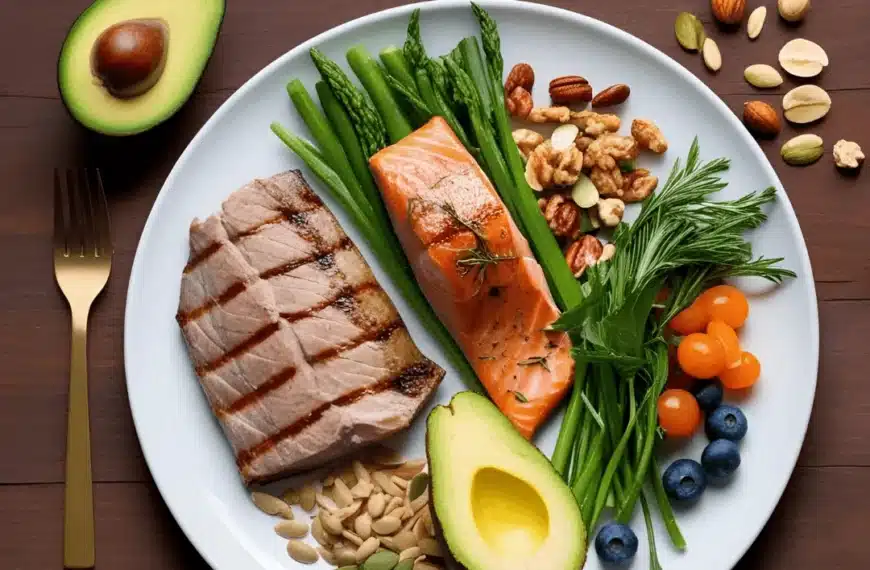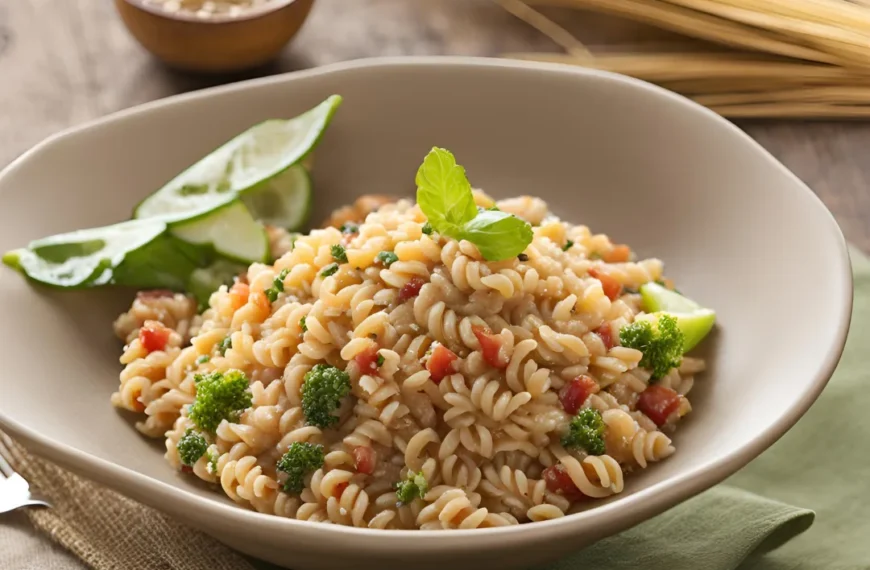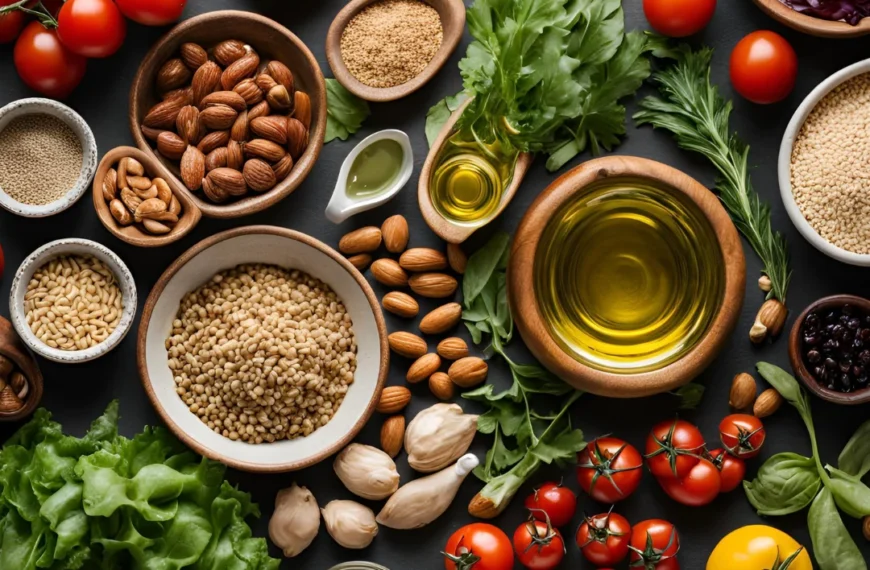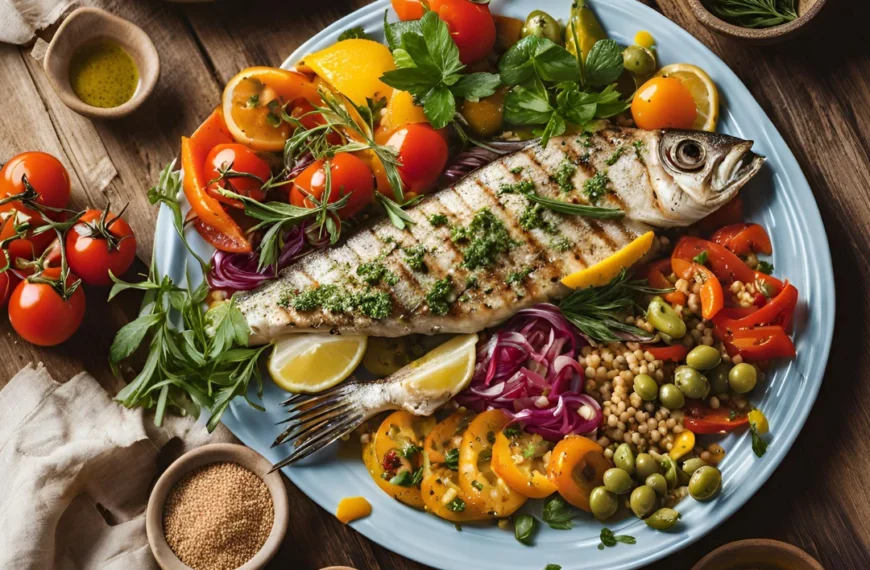Summary
A Life-Changing 30 Days keto diet plan On a High-Fat, Low-Carb Diet It will guide you through each week with meal plans, simple recipes, and concrete strategies for overcoming keto roadblocks like the keto flu. Focusing on the ideal macronutrient ratio split (75% fat, 20% protein, 5% carbs), the guide outlines what to eat on the keto diet, including leafy greens, healthy fats, and a range of proteins, while cautioning about high-carb and processed foods. You’ll also find shopping lists, meal prep tips, and advice on making keto work when you’re socializing or have a busy day.
The plan starts week by week, with week one laying the foundation for simple meals (scaled up but within the same range) and introducing intermittent fasting from week one and through all four weeks, gradually increasing the intensity of both. By its last week, it empowers you to keep your momentum going in the long term with sustainable habits and flexible meal strategies. Whether starting from scratch or simply wanting to tweak your approach, this guide will help you get on the keto train and stay in ketosis for permanent health and weight-loss results in just 30 days.
Key Takeaways
- The keto diet is about finding the correct macronutrient ratio: 75% fat, 20% protein, and 5% carbs so your body can adjust to and stay in ketosis for maximum fat burning.
- Some essential foods for a keto diet include healthy unsaturated fats, full-fat dairy, leafy greens, and other vegetables (except starchy ones), and no sugary foods or high-carb items.
- With easy keto recipes and meal plans, this meal plan is structured to make it a smooth and sustainable process as you enter ketosis.
- 17 You may deal with some brief side effects commonly referred to as the keto flu, but with the proper planning and advice, the symptoms are manageable.
- Following the ketogenic diet can be challenging. It requires careful meal planning, nutrient intake, and macronutrient ratios for participants to lose weight and improve their health.
Introduction
Are you curious about how to get started on the keto track to be healthy in 30 days? The ketogenic diet is a high-fat, low-carbohydrate diet that allows your body to use ketones as energy rather than glucose. The good news is that this can be done based on how you eat, leading to more energy, better mental clarity, and sustainable weight loss. This step-by-step guide to a complete and simplified 30-day keto meal plan will change your health! So, whether you are just getting started with keto and hoping to get it right or just want to troubleshoot, we have you covered:
- Daily menus featuring recipes that are tasty and easy to make
- Top tricks to stay on the right path regarding Nutrition (75% fat, 20% protein, 5% chews)
- actionable methods for overcoming common roadblocks such as the keto flu
- Simple shopping lists and meal prep guidance
Are you prepared to start your keto journey? Here’s everything you need to know to crush the ketogenic lifestyle.
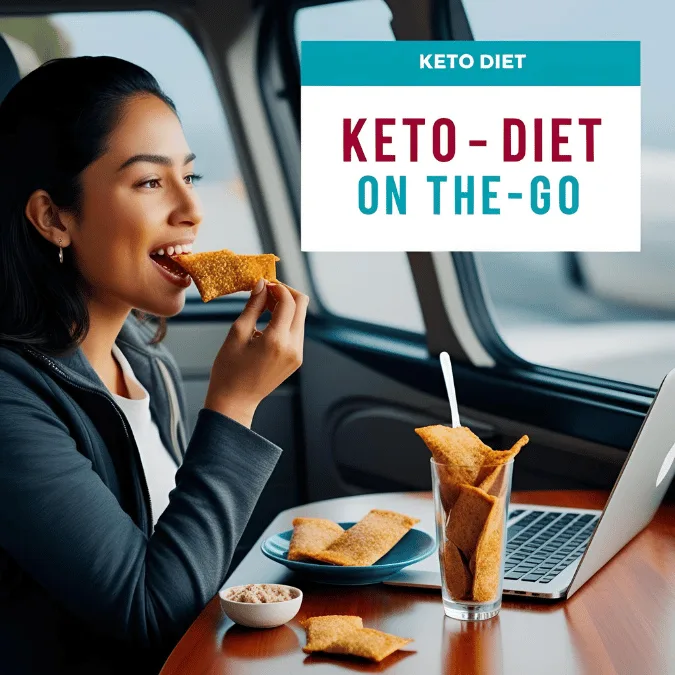
Building Your Keto Food Arsenal
Either ditch or ditch the shit when replacing those cabinets — when starting a keto diet. A keto stockpile of pantry foods will set you up for successfully living this lifestyle. Let us dive into the key food groups to which you will be introduced for the next 30 days.
Proteins and Healthy Fats
The first step in your keto road map is choosing quality proteins and fats. Then, focus on blood sugar-improving foods, like grass-fed meats, wild-caught fish, and full-fat dairy. Eggs become an all-star pantry, and sources of healthy unsaturated fats like olive oil, avocados, and nuts are essential nutrients. Incorporate fatty fish such as salmon and mackerel, which are high in omega-3 fatty acids.
Keto-Friendly Vegetables
Vegetables are key to ensuring nutritional balance while on keto. Focus on leafy green vegetables such as spinach, kale, and Swiss chard (which are low in carbs but high in nutrients). Other great options are cauliflower, broccoli, zucchini, and asparagus. These include essential vitamins and minerals and keeping fiber in check.
Foods to Strictly Avoid
It is equally important to know what to remove and what to add. Eliminate all grains (wheat, rice, corn, etc.). Do not use sugar of any kind, including honey or maple syrup. Starchy vegetables, such as potatoes, and most fruits (except berries, in moderation) should be eliminated. Similarly, avoid processed foods and omega-6-rich vegetable oils.
Be sure to clean out your kitchen and replace non-keto food! Prompt: Store vegetables properly to extend their freshness, and have healthy fats and proteins on hand to make meals quickly.
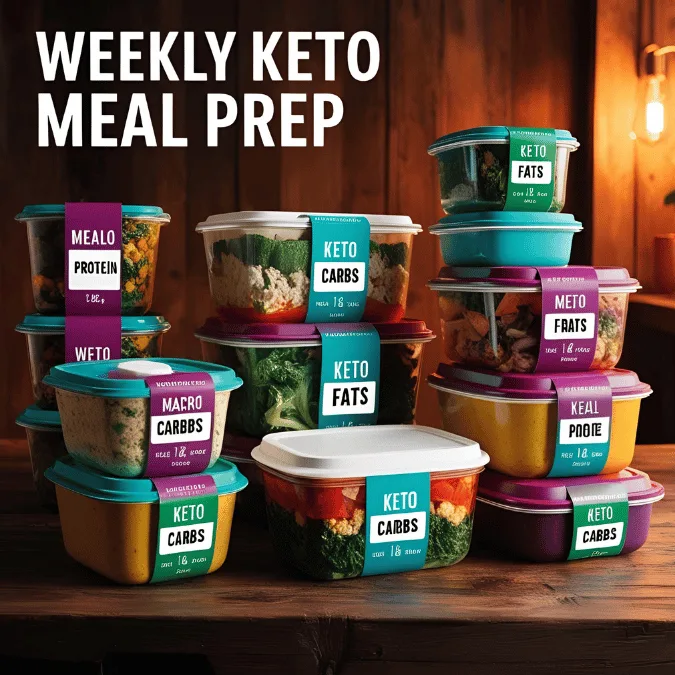
30-Day Comprehensive Meal Plan
This is the best complete 30-day keto meal plan, detailed with meals and recipes that will help you conquer your transformation journey. This organized approach keeps you in ketosis while enjoying tasty and healthy food.
Week 1: Getting Started
The first week features simple meals that are easy to prepare and energize your body for the ketogenic experience. Kickstart your mornings with classic keto breakfast options such as eggs and avocado, protein-rich lunches, and filling dinners. This week, your meal routine includes lots of healthy fats from olive oil, nuts , and fatty fish.
Week 2: Building Momentum
As your body becomes more efficient in burning fat, we introduce additional variety to your meal plan. This week includes clever keto-friendly swaps to your typical high-carb favorites. Think cauliflower rice bowls, zucchini-noodle pasta, and cloud bread sandwiches. Now, you eat with intermittent fasting to your meals to burn fat more efficiently.
Week 3: Advanced Recipes
By the time you get to week three, you’re ready for more sophisticated keto cooking methods. Your menu options widen to include gourmet fare such as keto beef bourguignon, coconut curry chicken, and homemade fat bombs. We highlight meal prep strategies that allow you to stick with it while playing around with complex flavors and textures.
Week 4: Maintaining Success
This is the last week of your keto-friendly meal plan, and it’s all about sustainability. Learn how to make fast, healthy meals that work with your lifestyle while maintaining ketosis. This week’s menu includes family-friendly, portable lunches and unique occasion recipes. We’ll show you how to:
- Transform restaurant meals into keto-friendly treats
- Navigating social scenarios and still sticking to a plan
- Make keto snacks for emergencies
- Develop sustainable and easy meal habits
Over the course of 30 days, you’ll receive specific shopping lists, macro breakdowns, and prep tips for every meal. Our meal plan is calorie-adjustable and can be made vegetarian and dairy-free.
Conclusion
Are you ready to improve your life with this 30-day keto plan? So there you have it your ultimate guide to keto, your complete meal plan, and your expert tips everything you need to adapt successfully. Remember that the macro balance (75% fat, 20% protein, 5% carbs) is the secret sauce for keto success, and don’t ever lose sight of the goal. Although you may face challenges such as the keto flu, the many benefits from enhanced energy levels to long-term weight lossare certainly motivation enough.
Natural Remedies With A Twist: Keto. Begin with this printable meal plan and shopping list. We invite you to join our supportive keto community to share your story, discover more recipes, and meet others on this journey with you. Start your path to health through ketogenic living today — leap and see the changes happen over the next 30 days.
FAQs
Can I exercise while following a keto diet plan?
It is possible to work out on keto, yes. This may decrease performance initially while your body learns to use fat for energy. Begin with low-impact moves and work your way up. Strength training and moderate cardio activities. Drink water, and if you do carbs, time them around your workouts.
How long does it take to reach ketosis?
Usually, it can take anywhere between two to seven days for you to hit ketosis, but on a strict keto diet plan. The time depends on several factors, including metabolism, activity levels and carb consumption. Ketone Testing Strips Help Track Your Progress Into Ketosis.
Is the keto diet safe for people with type 2 diabetes?
Although the keto diet can regulate blood sugar levels, people with type 2 diabetes need to talk to their healthcare provider before diving in. It may be important to revise medications, and it is crucial to monitor blood sugar levels regularly. Medical guidance is recommended for implementing the diet.
What are the common mistakes to avoid on a keto diet?
Some common mistakes are not eating enough healthy fats, eating hidden carbs, neglecting your electrolytes, and not preparing for the keto flu. And many make the mistake of cutting carbs without paying attention to the food quality they choose.
Can I follow a keto diet if I’m vegetarian?
Vegetarians can do keto by emphasizing plant-based fats, such as avocados, olive oil, macadamia nuts, full-fat dairy, and eggs. Be sure to include lots of leafy greens and low-carb veg to keep your Nutrition on track.
How do I maintain weight loss after completing the 30-day keto plan?
Slowly shift to a balanced, low-carb diet to keep off the weight. Add more healthy carbs, but watch your portions. Keep observing how your body responds, and then tailor your food to suit those needs. Maintaining long-term success is down to healthy exercise and eating habits.

